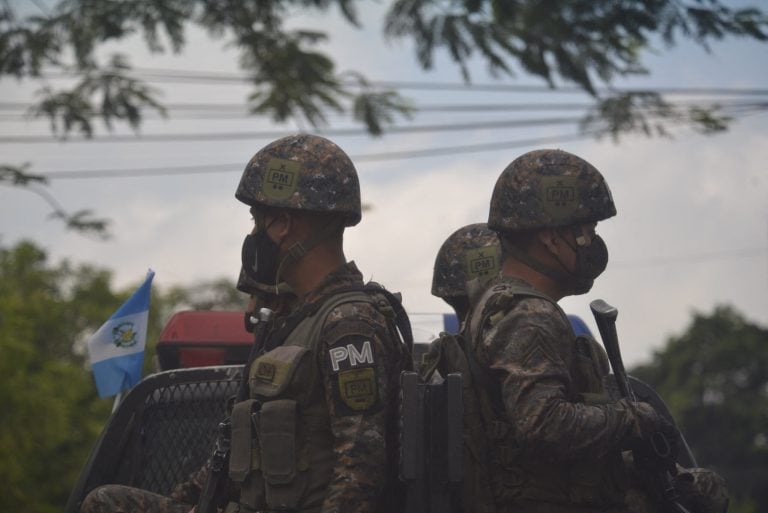As tensions escalate in the Taiwan Strait, strategic considerations regarding U.S. allies’ roles in a potential conflict with China take center stage. A recent report by the Center for Strategic and International Studies (CSIS), titled “The First Battle of the Next War,” models various scenarios surrounding a possible Chinese invasion of Taiwan in 2026. Among these, the “Pessimistic Scenario” presents a concerning outlook. This scenario envisions a slow American response compounded by a passive stance from Japan, alongside disorganized resistance from Taiwan.
In this grim analysis, while Taiwan ultimately survives, the U.S. faces heavy losses, including hundreds of aircraft and ships, alongside substantial casualties estimated to reach the thousands. Notably, South Korea’s role is alarmingly limited in this projection, where only two out of four U.S. Army brigades stationed there are expected to assist, as the other two remain focused on deterring North Korea. As a result, South Korea is left out of vital discussions on how it can contribute to any potential crisis regarding Taiwan.
The report suggests that South Korea could play a significant role without directly engaging in combat. The country could essentially act as a “non-belligerent enabler,” permitting the full redeployment of U.S. Forces Korea (USFK) and deploying a small naval task force to secure sea lanes. Such moves would allow U.S. forces already positioned in the region to mobilize more swiftly than reinforcements from the United States, which would typically take five to seven days.
Critics may argue that allowing USFK’s relocation could weaken South Korea’s defense against potential threats from the North. However, with over 500,000 active-duty troops and advances in military technology, South Korea is increasingly capable of managing its defense independently in the short term.
Moreover, South Korea could dispatch a limited naval contingent—three to five vessels—to patrol critical sea lanes in the Philippine Sea and nearby areas such as the Luzon Strait. In the CSIS pessimistic scenario, U.S. convoys remain vulnerable due to limited Japanese naval cooperation. The presence of the Republic of Korea Navy (ROKN) could strengthen efforts like anti-submarine operations and logistics while ensuring navigation freedom without escalating direct conflict with Chinese forces.
By strategically redeploying USFK and enhancing its naval presence, these modest adjustments could yield significant advantages. Simulations suggest that this shift could reduce U.S. casualties by 20 to 30 percent and lessen aircraft losses by over a hundred, while compressing the time frame required to achieve an operational presence in the theater.
These non-belligerent actions would underscore the ROK-U.S. alliance’s adaptability and strategic confidence and serve to alleviate Beijing’s criticisms while not violating established norms or policies.
While these measures cannot guarantee victory, they could significantly diminish losses for U.S. and allied forces, ensuring a more favorable outcome in a potentially devastating conflict. Furthermore, South Korea’s proactive, albeit non-combat, role would signify a mature alliance capable of contributing to regional stability, ultimately demonstrating that the Indo-Pacific’s evolving dynamics can be navigated without resorting to all-or-nothing strategies.
As such, even limited support can alter the balance in high-stakes conflicts. The crux lies not in the volume of munitions fired but in the capacity to mobilize resources effectively and maintain a stabilizing presence in contentious regions.


















